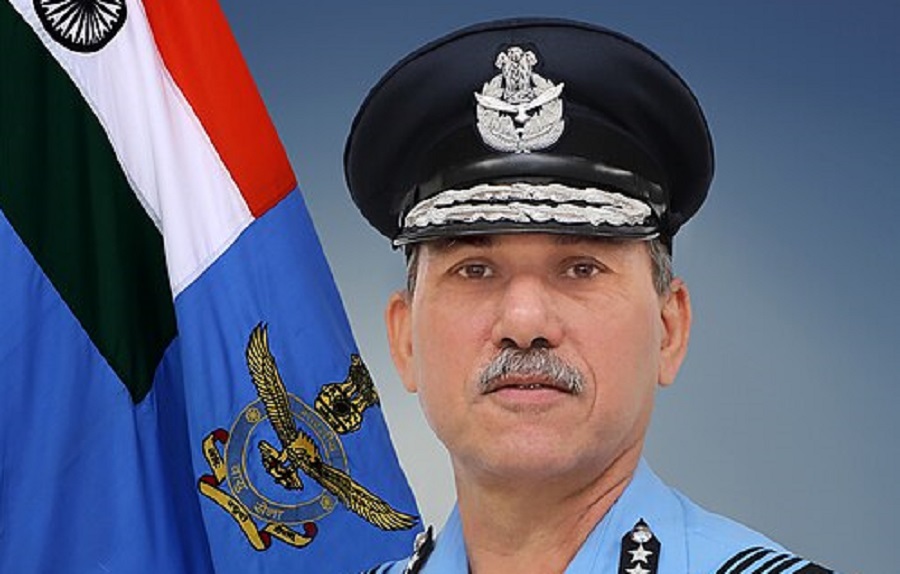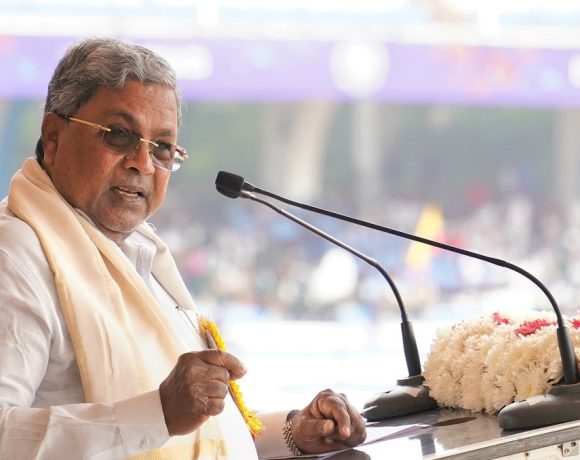
IAF: Under 50 Weapons Forced Pakistan to Ceasefire
Vice Chief of the Indian Air Force, Air Marshal Narmadeshwar Tiwari, stated that less than 50 air-launched weapons were enough to compel Pakistan to request a ceasefire during Operation Sindoor. The remark was made during a seminar on aerospace strategy held in New Delhi.
Operation Sindoor’s Strategic Impact
Air Marshal Tiwari explained that the operation, carried out in early May 2025, involved targeted strikes on 11 critical Pakistani military sites, including air bases and radar infrastructure. The precision and effectiveness of these strikes, despite the limited number of weapons used, led to a swift response from Pakistan seeking dialogue.
He highlighted that the operation demonstrated how precise air power, even when used in small volume, can achieve strategic outcomes without causing a full-scale escalation.
Manned Fighters vs. Drones
The Vice Chief also addressed the evolving debate around unmanned aerial systems. While acknowledging the utility of drones and UAVs, he emphasized that manned fighter aircraft like the Rafale, Su-30MKI, and Mirage 2000 still provide a superior edge in high-stakes conflict situations. He argued that such platforms offer greater flexibility in both deterrence and coercive diplomacy.
CDS Emphasizes Constant Readiness
Chief of Defence Staff General Anil Chauhan, also present at the seminar, stressed that Operation Sindoor remains symbolically active. He reiterated that India’s military must remain alert 24/7 and combine traditional combat knowledge with strategic thinking. He noted that speed, preparedness, and precision are the defining characteristics of future warfare.
Learnings for Future Conflicts
The seminar brought together military leaders and strategic experts who agreed that Operation Sindoor should be studied for its effective use of limited air power. They concluded that the operation reflects India’s growing ability to carry out focused, high-impact missions that force adversaries to the negotiation table.


















